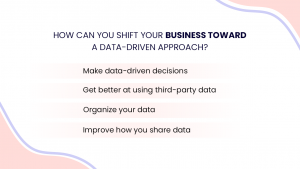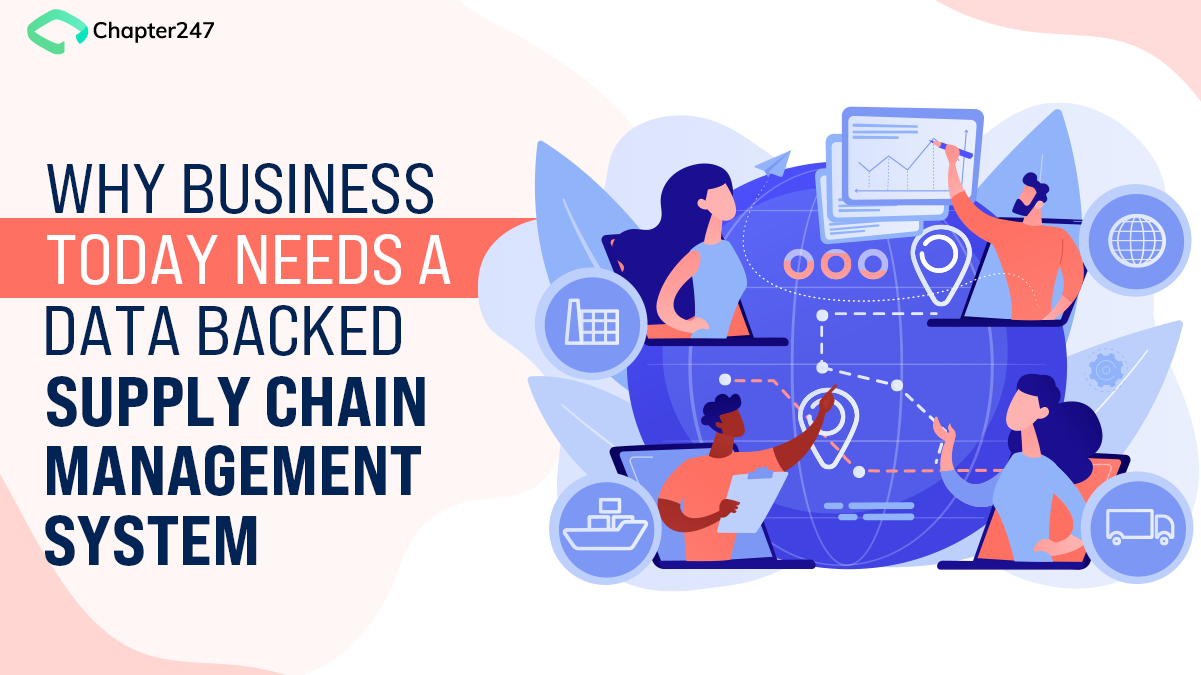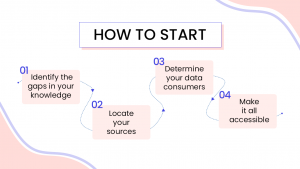With your customers’ needs continuing to change, you need to be able to give them visibility as well as access to information related to how and when products are made and delivered. They also have a variety of channels that they use, such as Facebook or their smartphones to access every piece of information and explore new data points which can impact your business.
With this, the importance of having a data-driven supply chain is also coming into high usage. Not only is it good to track the current state of your data, but also the fashion of data analytics that is in real time and actionable. This will get you as accurate a picture as possible of what is going on.
Changes in your staff include an increased desire for efficiency and access to high-quality, easy-to-access information. Your customers and partners want a business partner that provides a high level of service, including real-time updates. The days when they were fine with weekly spreadsheets or monthly email updates are long gone!
How can you shift your business toward a Data-Driven Approach?
Developing the best operations strategy requires the collection of data. However, this data is only useful if it’s organized, accessible and easy to share with your team members.

What should you focus on? Some worthwhile targets would be:
1. Make data-driven decisions
Harvard Business School defines Data-driven decision-making as the use of data to inform and validate a decision, before moving on. We rely on data every day at work. Whether you’re analyzing orders, trying to track down new suppliers or monitoring shipments, it helps you benchmark performance and explore deep-seated questions that can’t be answered by spreadsheets alone.
2. Get better at using third-party data
Most large-scale supply chains are outsourced or highly dependent on external factors, systems and organizations. Companies look after all the important aspects of their business by consulting with other important companies in the industry and looking to the future.
3. Organize your data
Spreadsheets just go to show how outdated they are. Everybody needs data that’s easy to keep on top of, so changes can be made if something isn’t going well. This makes it available for all the people who need it and is presented in such a way that insights will come easily. In order to make a spreadsheet effective, it needs to be easy for people to understand.
4. Improve how you share data
Collaboration is the cornerstone of successful operations. If you communicate well with your suppliers, business partners, and teams inside the company, then it’s more probable that you’ll succeed together, than if you go it alone. By collaborating the data with your teammates, stakeholders, and key individuals in the company’s value chain, you create a stronger sense of cooperation that leads to business growth.
What can you do to get started now?
If you think the concept of creating and running a data driven supply chain only applies to larger companies, you’re mistaken. On the contrary, businesses of all sizes can benefit from data-driven supply-chain management. It’s as important for SMEs as it is for bigger companies. Choosing the best business strategy and targeting customers is an extremely important factor for a lot of companies. It’s not about standing up to these giants, it’s about being yourself!
To start, you can:
• Identify the gaps in your knowledge
What information do you need every day for your teams to use, for you to monitor the health of your business, and for you to improve your own skills? Gathering basic business information on the team’s POAs would do.
• Locate your sources
To get started, you first need to identify what data you would want. You’ll then have to find a way to get access to that data in order for your machine learning process to work. This can be done by looking at both internal sources and third party data provided by partners.
• Determine your data consumers
Who do you need access to the data for? What does this person want to do with it? Make sure that their intentions are aligned with providing educated input. It’s also important to remember that unnecessary information can actually be harmful as well.
• Make it all accessible
Data needs to be useful and accessible if it’s going to have any use. Think about your stakeholders inside and outside of the organization, and figure out ways for them to find the data that they need without any problems.
• Take advantage of technology to make it easy to gather your data and organize it – all in one place
With the help of AI and Machine Learning, you’ll have all your accounting and work-related data at one place in real-time.
 It’s a rough world out there with unrelenting pressure and sudden challenges. Fortunately, being efficient and providing quality information can take your business to the next level! Generating long-standing, replicable success means seeing the indicators that will detract or add to your business goals.
It’s a rough world out there with unrelenting pressure and sudden challenges. Fortunately, being efficient and providing quality information can take your business to the next level! Generating long-standing, replicable success means seeing the indicators that will detract or add to your business goals.
And this is exactly when we come for your support! With our experienced understanding of data sets, we define processes which lead to a systemized data approach. Click here to know more!








